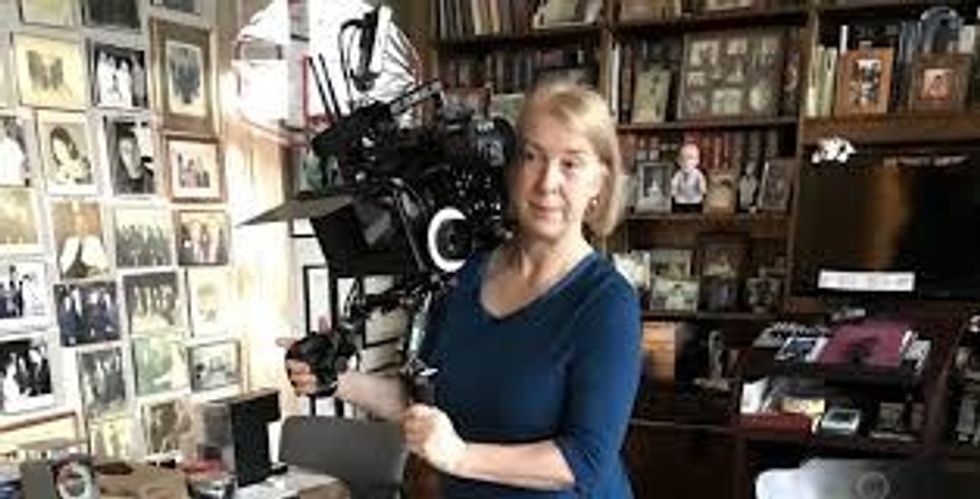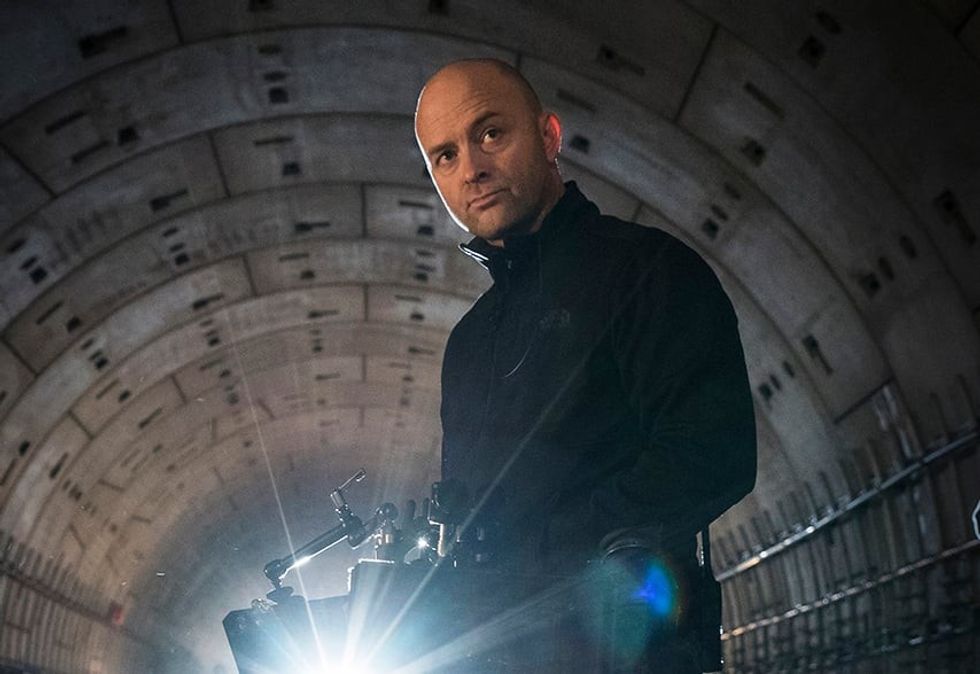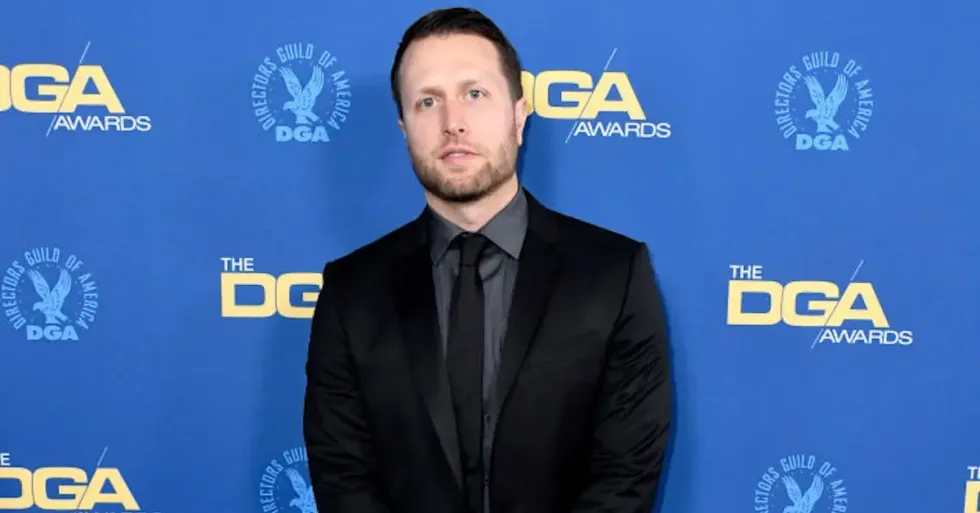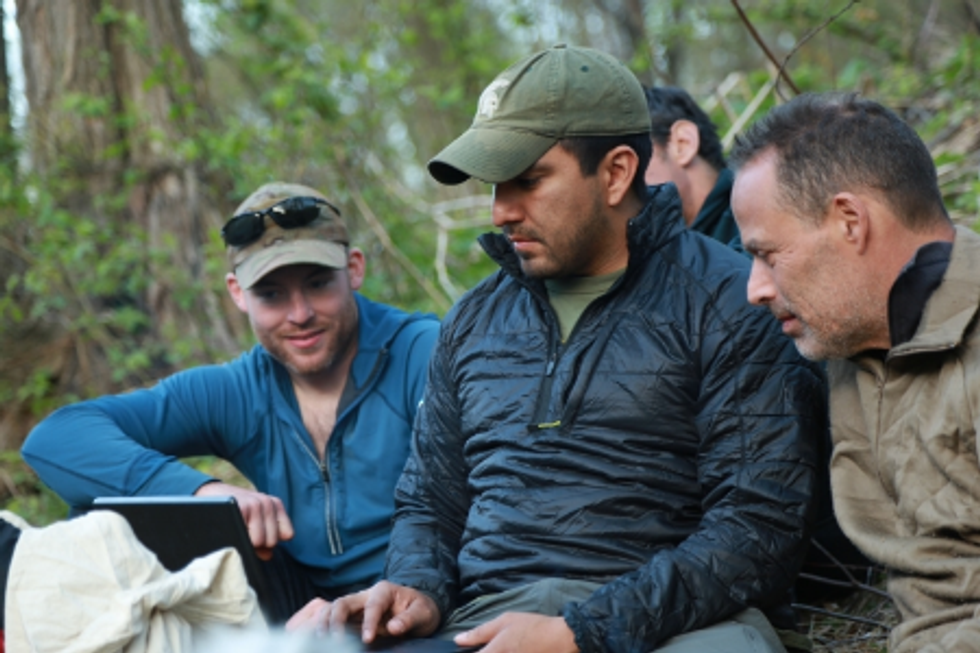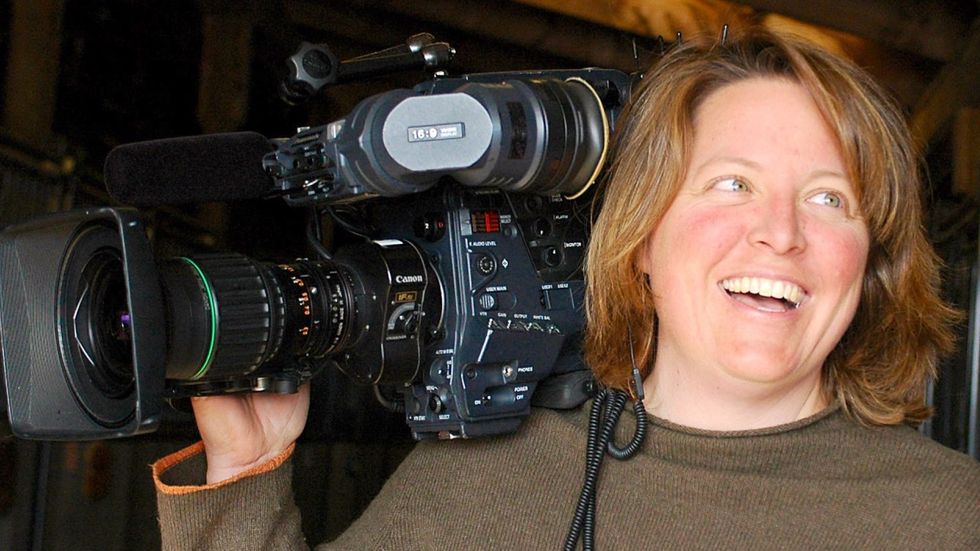With Crisis Comes Opportunity: Why Sony Should Use 'The Interview' to Skyrocket Digital Distribution
Estimates are that Sony will lose roughly $100 Million on pulling The Interview due to a cyberattack evidently organized by North Korea. But Sony, the rest of Hollywood, and the independent film industry stand to gain a lot more if they treat this crisis as an opportunity.
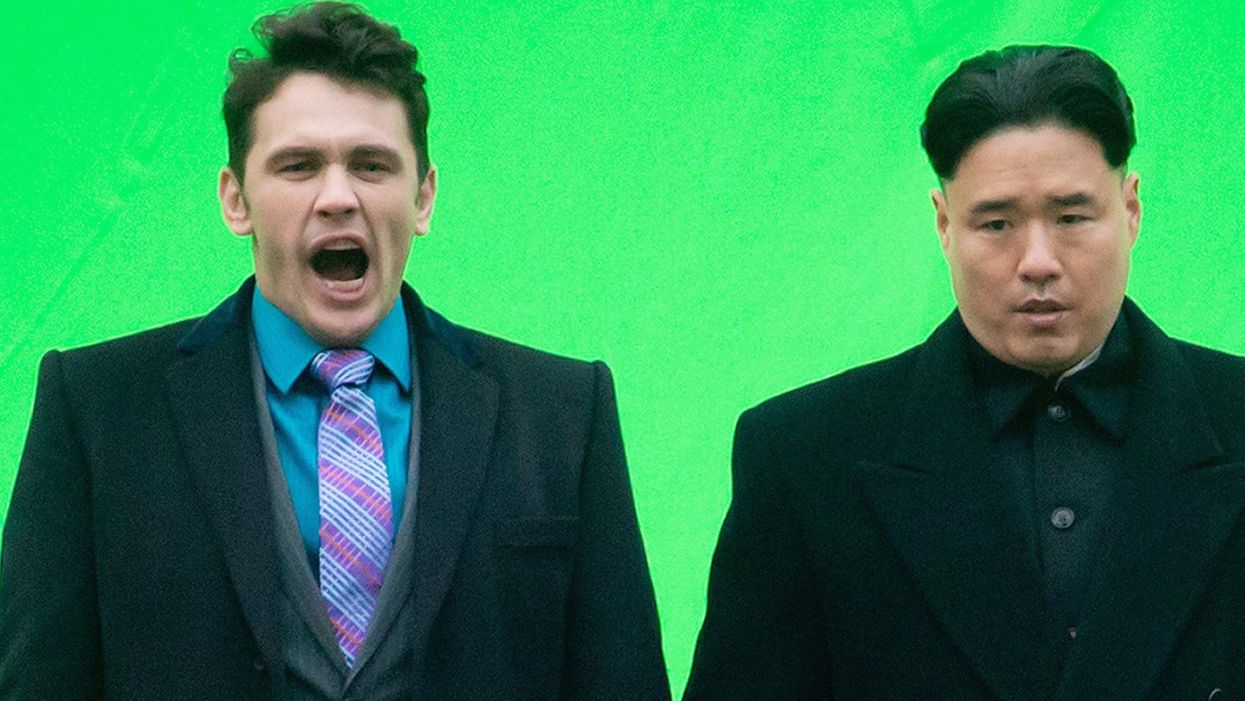
Sony has the occasion to release the film digitally, as everyone from Mitt Romney to George Clooney have suggested. They could even give it away for free! But it won’t matter, because a large part of the American audience has no idea how to watch it.
The problem isn’t technology. Cable video on-demand and digital download platforms such as iTunes, Ultraviolet, and M-Go mean that Sony could make the film available on every TV, iPad, and iPhone at the flick of a switch.
Sony needs make sure that every person who wants to watch The Interview knows how to and where to find it.
The problem is education. Nearly half of cable box users have never used their video on-demand, a technology that has been around for two decades (NFS Founder Ryan Koo chimed in about this recently as well). While digital downloads (Electronic Sell-Throughs or ESTs in Hollywood talk) skyrocketed nearly 50% in 2013, and generated more than $1 billion in revenue, they only made up only 6.5% of home video sales. In 2010, the biggest players in Hollywood banded together to launch Ultraviolet, a service for piracy protected digital downloads that the studios prefer. In three years it has attracted only 15 million users [PDF]. Therefore, it is not enough to release The Interview on digital download and VOD platforms, or even to give it away for free. Sony needs make sure that every person who wants to watch the film knows how to and where to find it. Sony — and the other studios, the MPAA, and the unions for that matter — should put big marketing dollars into a national advertising campaign across digital and television platforms to get Americans to sign up for and try out digital distribution platforms.
With an educational campaign launched in tandem with massive media attention, how many of those moviegoers could be steered towards their first interaction with Cable VOD or digital downloads?
In 2013, Hollywood sold about 45 million tickets in the week between Christmas and New Years. With an educational campaign launched in tandem with massive media attention, how many of those moviegoers could be steered towards their first interaction with Cable VOD or digital downloads? Ultraviolet could double its 15 million registrants overnight. Or even take it a step further: embrace the best practices of digital downloads pioneered by independent distributors on sites like VHX and Vimeo On Demand. Package The Interview with hours of special features, behind-the-scenes, and interviews with the cast and crew. The audience will eat this stuff up immediately after the tumultuous events of the past two weeks. Make this experience with digital download viewing so good that we come back again. And again. And again.
Hollywood’s bottom line was buoyed in the ‘80s and ‘90s by the emergence of a new market in home video. When that market lagged in the ‘00’s the studios resorted to broad big budget tentpoles that brought us back to the theaters and played well internationally. The appeal of the digital market is obvious. We are all walking around with televisions in our pockets and backpacks at all times. But getting audiences to embrace digital distribution doesn’t just mean a new market and more revenue. It means an alternative to the mega-blockbuster model.
My hope is that they come for the blockbuster, and stay for the indies.
I’m an independent documentary filmmaker which means I gave up on theatrical distribution as a primary source of revenue a long time ago. People like me have been talking for years about how digital distribution and VOD will save our industry. And it has to a certain extent, but the audience just isn’t there yet, and no amount of panel talks and workshops on savvy distribution strategies and grassroots marketing can change that. The audience will embrace digital when it becomes the place to watch films like The Interview. My hope is that they come for the blockbuster, and stay for the indies.
This is the opportunity to teach America how to watch movies in a digital world. The future of the film industry depends on it.


